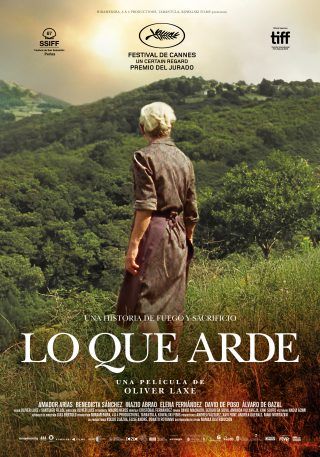Diacritics in Spanish | donQuijote

Te invito a un té
The sentence above, which means I’ll buy you a cup of tea, is the perfect starting point to begin with today’s post. Te and té are very similar words. In fact, their only difference is a little orthographic mark, which can go unnoticed. Do you want to know why this acute accent is so important? Keep on reading to understand how diacritics work in Spanish.
You can also read this post in Spanish.
What are diacritics?
Diacritic marks are often used in Spanish to tell the meaning of two similar words apart, usually monosyllables. As a general rule, words with only one syllable must never be emphasized with an accent. However, to avoid confusions and ambiguities, sometimes we do use diacritic marks.
These are the most common word pairs in Spanish that use diacritic marks to differentiate their meanings. Have a look at the following examples.
|
Without diacritics |
With diacritics |
|
De Preposition Voy a hacer un curso de español. (I’m gonna take a Spanish course) |
Dé Present subjuntive tense (verb ‘dar’) Ojalá el profesor dé las notas hoy. (I wish the teacher could give us the marks today)
Imperative mode (verb ‘dar’) Dé la mano firmemente cuando se presente. (Shake hands firmly when introducing yourself) |
|
El Article El profesor de español se llama Ramón. (The Spanish teacher is called Ramón) |
Él Pronoun Él es el padre de Hugo, se llama Antonio. (He is Hugo’s father, and he’s called Antonio) |
|
Mas Conjunction (same meaning as ‘pero’) Quería ir mas no se lo permitieron. (He wanted to go, but they didn’t let him) |
Más Adverb expressing quantity Llegaré más tarde. (I’ll arrive later)
Adverb expressing comparison Natalia habla más que Isabel. (Natalia talks more than Isabel) |
|
Mi Possessive Mi perro se llama Tofu. (My dog’s name is Tofu)
Noun (musical note) Do, re, mi, fa, sol, la, si |
Mí Pronoun (after preposition) A mí no me gustan las anchoas. (Anchovies don’t please me)
|
|
Se Pronoun Ella se ducha por las noches. (She takes showers at night) |
Sé Present indicative (verb ‘saber’) No sé dónde vive. (I don’t know where he lives)
Imperative mode (verb ‘saber’) Luis, sé bueno en casa de la abuela, por favor. (Luis, be good at your grandma’s place, please).
|
|
Si Conjunction (conditional) Si tengo tiempo, te llamaré. (I’ll call if I have the time)
Noun (musical note) Do, re, mi, fa, sol, la, si |
Sí Adverb - ¿Vas a venir a la fiesta? (Will you come to the party?) - Sí, es mañana a las 19:00, ¿verdad? (Yes, it’s tomorrow at 19:00, right?) |
|
Te Possessive ¿Cómo te llamas? (What’s your name?)
|
Té Noun (plant, beverage) ¿Qué prefieres: té o café? (What do you prefer: tea or coffee?)
|
|
Tu Possessive ¿Cuál es tu clase? (Which is your class?) |
Tú Pronoun Tú eres más alto que yo. (You are taller than me). |
We hope you found this post useful for understanding Spanish diacritics. Thank you very much to Ramon, Head of Studies at our Spanish school in Malaga, for helping us with this article. Keep on learning Spanish with don Quijote!

 Almodovar Movies Keep Winning
Almodovar Movies Keep Winning

























